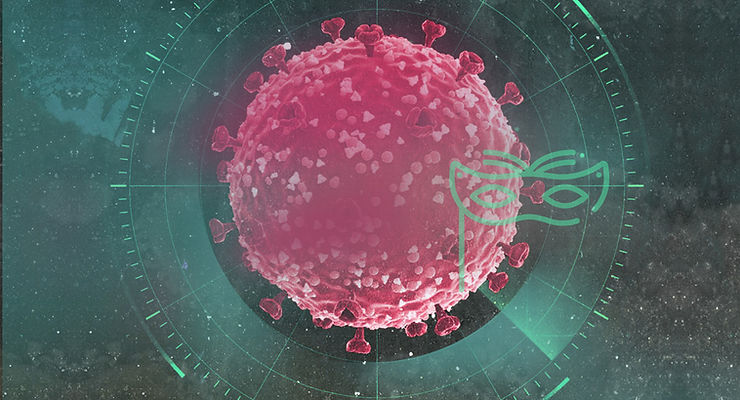... and What It Means for the Current COVID-19 Surge.

Since its emergence over a year ago in South Africa, the newer Omicron variants have become the dominant strain globally along with increased transmissibility leading to the emergence of several sublineages, or subvariants like BA.1, BA.2, BA.4, and BA.5, among others. Evidence is piling up to show the lack of effective protection elicited by current vaccines as well. It is becoming evident that SARS-CoV-2 utilizes several strategies to escape the immune system. For example, changing the shape of key proteins recognized by our immune system’s protective antibodies, camouflaging its genetic material to make it look like a human component, etc.
A group of scientists studying the viruses that jumped from animals to humans like SARS-CoV-2 have provided several clues by continuously monitoring the transmission and evolution of the virus, evaluating changes in how well the Omicron subvariants evade the immune system and the severity of disease they cause after infection. Along with its more effective binding capacity to the ACE2 receptor, facilitated by three unique mutations: L452R, F486V, and reversion (or the lack of mutation) of R493Q with BA.4 and BA.5, the newer variants look better at escaping antibody protection while retaining their ability to effectively bind to ACE2 receptors.

